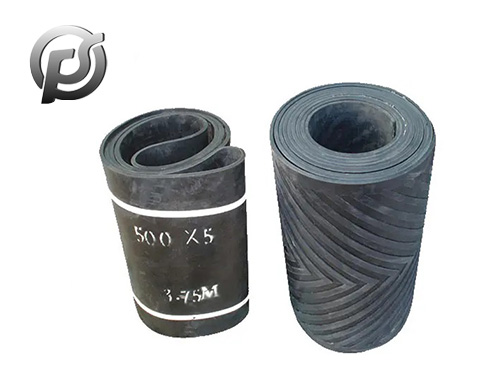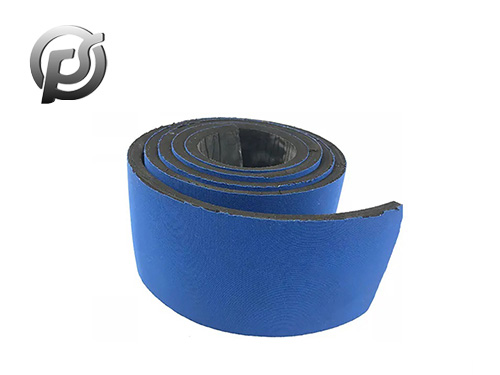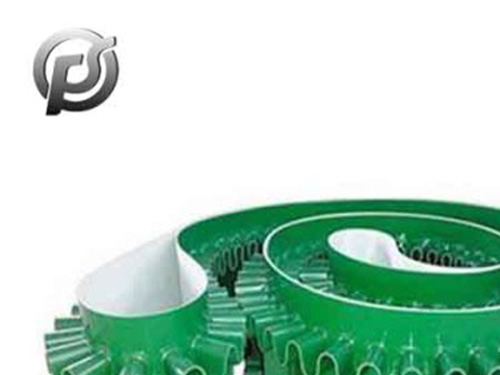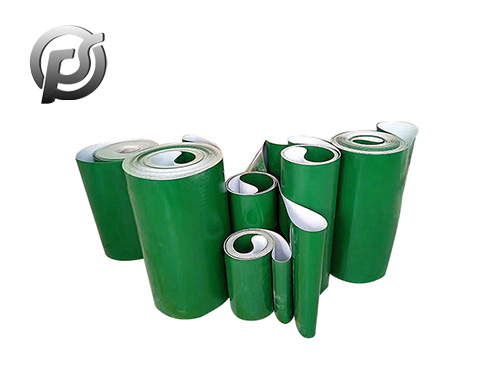Light conveyor belts, designed for efficiency and versatility, have become integral components in various industries, revolutionizing material handling processes. This article explores the evolution, characteristics, and diverse applications of light conveyor belts, shedding light on their role in enhancing productivity and streamlining operations across different sectors.
The evolution of light conveyor belts has been marked by advancements in materials and manufacturing technologies. Traditional heavy conveyor belts have given way to lighter alternatives without compromising strength and durability. Materials such as polyester, polyurethane, and lightweight rubber compounds have become standard, contributing to the development of highly efficient light conveyor belts.
Flexibility and Adaptability:
Light conveyor belts are prized for their flexibility and adaptability to various conveying applications. Their lightweight nature allows for easy maneuverability and installation, making them suitable for industries that require dynamic and flexible material handling systems. The adaptability of light conveyor belts is evident in their use in manufacturing, food processing, logistics, and more.
Material Handling in Manufacturing:
In manufacturing, light conveyor belts play a crucial role in automating material handling processes. Whether transporting raw materials or finished products, these belts contribute to the efficiency of production lines. The lightweight design allows for faster acceleration and deceleration, contributing to shorter cycle times and increased manufacturing output.
Food Processing and Hygiene:
Light conveyor belts find extensive use in the food processing industry, where hygiene is of paramount importance. The materials used in these belts are often resistant to oils, fats, and chemicals, ensuring compliance with food safety standards. Their easy-to-clean surfaces make them ideal for applications where sanitation is a critical consideration.
Logistics and Distribution Centers:
In logistics and distribution centers, light conveyor belts are employed for sorting, packaging, and transporting goods. The lightweight design and durability of these belts contribute to the seamless flow of materials, optimizing the overall efficiency of distribution processes. Conveyor belts with modular designs further enhance versatility in these applications.
Airport Baggage Handling:
Airports rely on light conveyor belts for efficient baggage handling. The belts are designed to withstand the rigors of continuous operation while ensuring gentle handling of luggage. The lightweight construction facilitates easy installation and maintenance, minimizing downtime and ensuring a smooth flow of baggage through the airport system.
Printing and Labeling Industries:
In printing and labeling applications, precision is paramount. Light conveyor belts are well-suited for these industries due to their accuracy in conveying materials. They play a crucial role in transporting paper, labels, and printed materials through various stages of the production process with minimal risk of damage.
Energy Efficiency and Cost Savings:
The lightweight construction of these conveyor belts contributes to energy efficiency and cost savings. The reduced mass requires less power for operation, resulting in lower energy consumption. Additionally, the ease of installation and maintenance minimizes downtime, further optimizing operational costs.
Conclusion:
Light conveyor belts have emerged as key players in modern material handling systems, demonstrating a balance between efficiency, adaptability, and durability. As industries continue to evolve, the versatility of light conveyor belts will likely contribute to further innovations in automation, logistics, and manufacturing. These belts illuminate a path toward streamlined processes, increased productivity, and enhanced efficiency across a spectrum of industrial applications.

 PE Conveyor Belts: Characteristics, Applications, and Advantages
PE Conveyor Belts: Characteristics, Applications, and Advantages
 Stone Conveyor Belt: Enhancing Efficiency and Productivity in Material Handling
Stone Conveyor Belt: Enhancing Efficiency and Productivity in Material Handling
 Optimizing Operations with PE Conveyor Belts: Durability, Efficiency, and Versatility
Optimizing Operations with PE Conveyor Belts: Durability, Efficiency, and Versatility